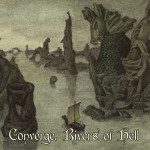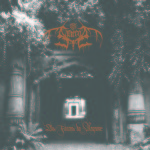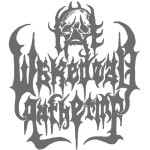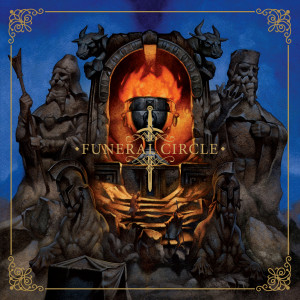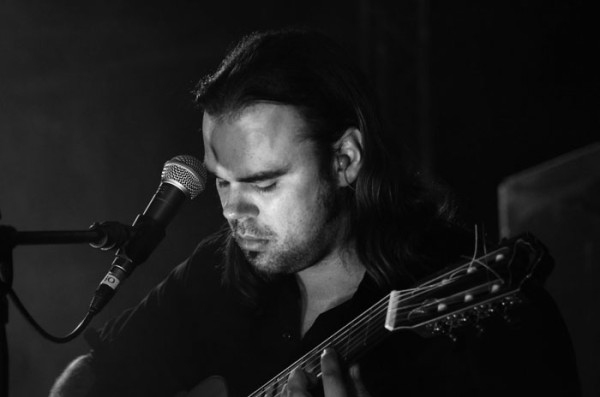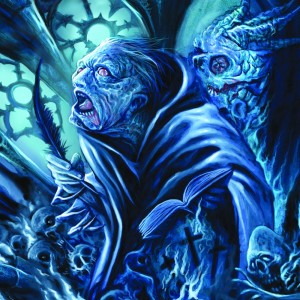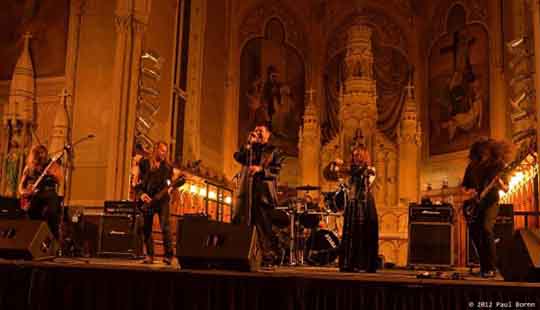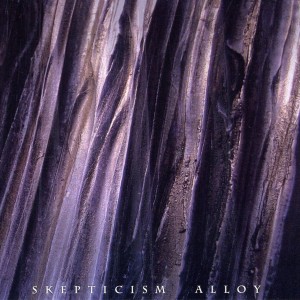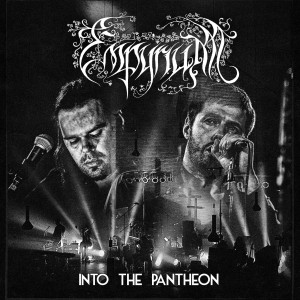 Empyrium recently released a live concert video entitled Into The Pantheon celebrating their recent return to live performances (read our interview with Markus Stock here). They’re releasing the same concert as a CD.
Empyrium recently released a live concert video entitled Into The Pantheon celebrating their recent return to live performances (read our interview with Markus Stock here). They’re releasing the same concert as a CD.
For many, this will be not only the preferred way to experience this live concert, but also the preferred way to experience Empyrium. First, while the video is beautifully shot with professional attention to detail, this concert also lends itself to listening especially while deep in thought. Second, the setlist for this show compiles much of Empyrium’s most interesting material, providing both a best-of and highlight performance reel.
Into the Pantheon shows Empyrium using live acoustic instruments including pianos, strings and twelve-string guitars to create a fully-fleshed version of their sound, including operatic vocals but not the wash of keyboards doubling the guitar riff that is “symphonic metal.” This performance is closer to what Summoning and Enslaved did, which was to combine medieval music — think Dead Can Dance, but even more authentic — with slower atmospheric metal and use the combination to launch into songwriting that has been traditional to their homelands for millennia.
Technically, this is a metal album, and has metal sensibilities, much as Summoning does despite its convoluted take on the style. However, at its heart is the skaldic/bardic tradition of old Europe where singers put epic poems to music and other musicians as could be spared contributed chorus effects. Most of these songs are sung in the main by a single voice, in a less ostentatious version of operatic vocals (closer to the visceral and honest performance that Attila used to crown De Mysteriis Dom Sathanas), but this voice is accompanied by the aforementioned instruments, including a heavily distorted guitar that lays out the darker and more urgent themes using the best techniques of death metal and black metal.
Often however the instrument that leads is the acoustic guitar, plucking simple melodic patterns that are then echoed by violins and piano, and encouraged through harmonization of vocals to urge the melodies on. These develop, and then fragment, with multiple instruments each taking one approach, and as these conflict, a dissonance and sense of longing fills the songs, like wanderlust with fin de siècle wistfulness. The vocals return to guide these home and they do so, dropping from their atmospheric cloud of sound a clear counter-theme which provokes them into resolution.
The songs on Into the Pantheon are memorable, distinct and elegant, all while being metal enough to be of interest to anyone short of war metal fans. Like the dramatic presence of Candlemass with the somber mood of Skepticism, these songs seize the atmosphere and re-shape it in their own image. They then promptly escape any over-consistency by developing within these dark tunes storylines that include the light and beautiful, and many emotions between that and the abyss. The result is the classic European art of telling epic story through lyrics and song.
Since this late-career retrospective gives the ability the ability to both carefully choose songs and update them with all that they’ve learned about music since the early days, Into the Pantheon presents Empyrium in their best light and creates a platform on which they can build if they choose to release future works. But for now, this is a strong contender for inclusion on the list of quality albums released in 2013, and well-crafted enough to last years beyond that as a listening experience.
2 CommentsTags: Doom Metal, empyrium
